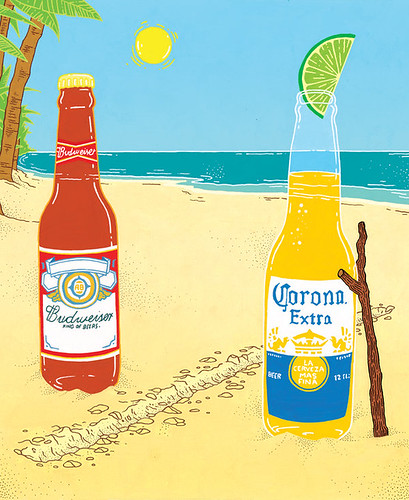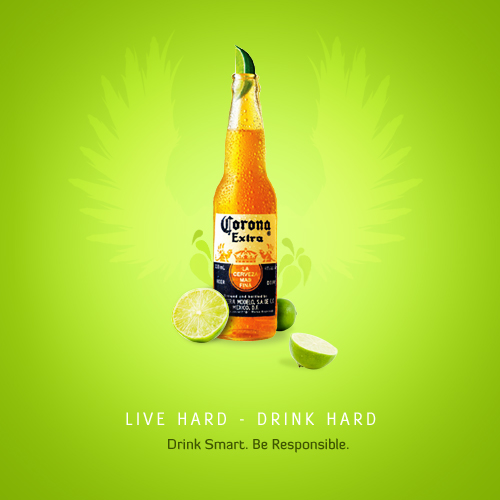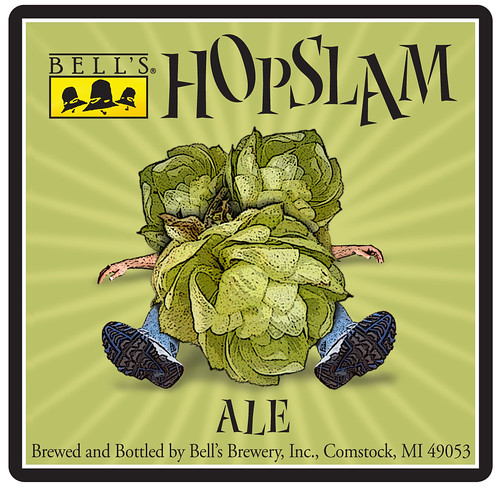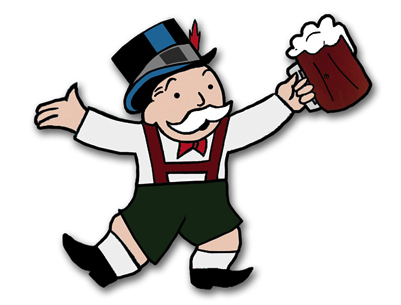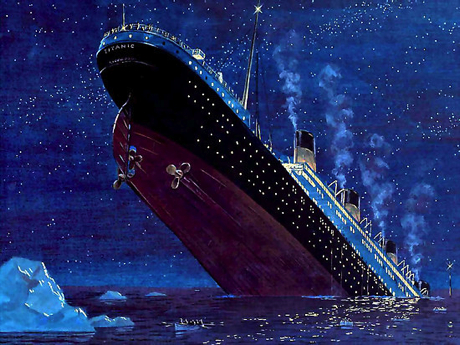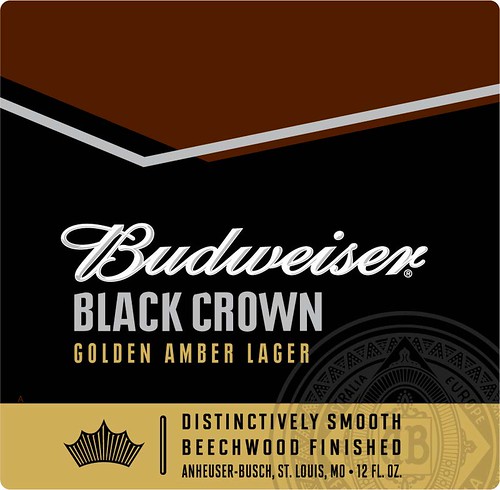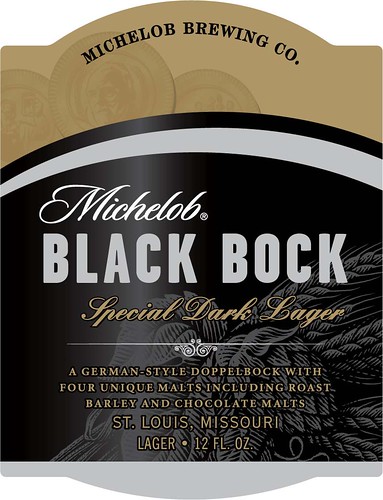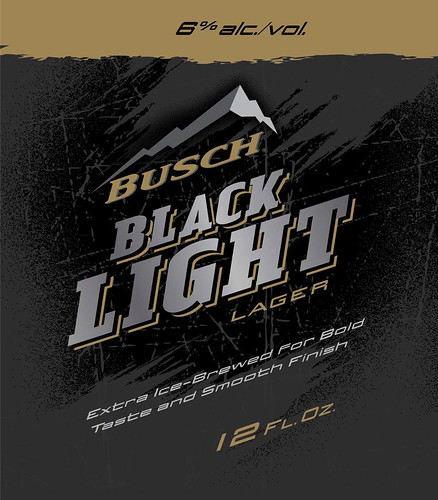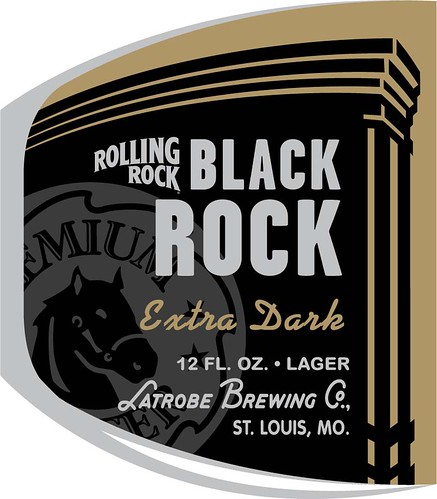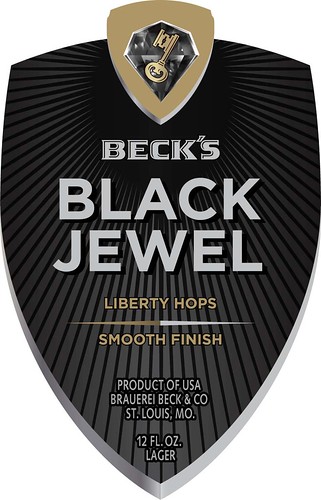![]()
The Brewers Association has also just announced the top 50 breweries in the U.S. based on sales, by volume, for 2012. This includes all breweries, regardless of size or other parameters. Here is the new list:
- Anheuser-Busch InBev; St Louis MO
- MillerCoors; Chicago IL
- Pabst Brewing; Woodridge IL
- D. G. Yuengling and Son; Pottsville PA
- Boston Beer Co.; Boston MA
- North American Breweries; Rochester, NY
- Sierra Nevada Brewing; Chico CA
- New Belgium Brewing; Fort Collins CO
- Craft Brewers Alliance, Inc.; Portland, OR
- Gambrinus Company; San Antonio TX
- Minhas Craft Brewery; Monroe WI
- Deschutes Brewery; Bend OR
- Lagunitas Brewing; Petaluma CA
- Bell’s Brewery; Galesburg MI
- Matt Brewing; Utica NY
- Harpoon Brewery; Boston, MA
- Stone Brewing; Escondido CA
- Brooklyn Brewery; Brooklyn NY
- Boulevard Brewing; Kansas City MO
- Dogfish Head Craft Brewery; Miilton DE
- Abita Brewing; New Orleans LA
- World Brews/Winery Exchange; Novato CA
- Shipyard Brewing; Portland ME
- Alaskan Brewing; Juneau AK
- August Schell Brewing; New Ulm MN
- New Glarus Brewing; New Glarus WI
- Long Trail Brewing; Burlington VT
- Great Lakes Brewing; Cleveland OH
- Firestone Walker Brewing; Paso Robles CA
- Anchor Brewing; San Francisco CA
- Rogue Ales Brewery; Newport OR
- Summit Brewing; Saint Paul MN
- Full Sail Brewing; Hood River OR
- SweetWater Brewing; Atlanta GA
- Victory Brewing; Downington PA
- Oskar Blues Brewery; Longmont CO
- Pittsburgh Brewing; Pittsburgh PA
- Mendocino Brewing; Ukiah CA
- Cold Spring Brewing; Cold Spring MN
- Flying Dog Brewery; Frederick MD
- Founders Brewing; Grand Rapids MI
- Ninkasi Brewing; Eugene OR
- CraftWorks Breweries & Restaurants (Gordon Biersch/Rock Bottom); Chattanooga TN/Louisville KY
- Odell Brewing; Fort Collins CO
- Bear Republic Brewing; Cloverdale CA
- Stevens Point Brewery; Stevens Point WI
- Blue Point Brewing; Patchogue NY
- Southern Tier Brewing; Lakewood NY
- Lost Coast Brewery; Eureka CA
- Karl Strauss Breweries; San Diego CA
Here is this year’s press release.


